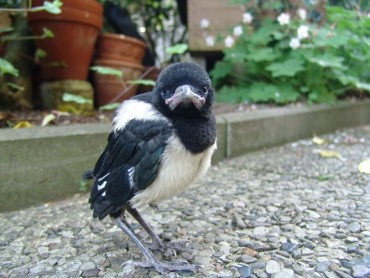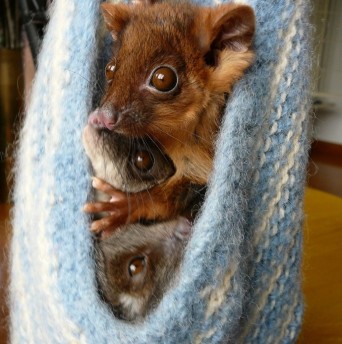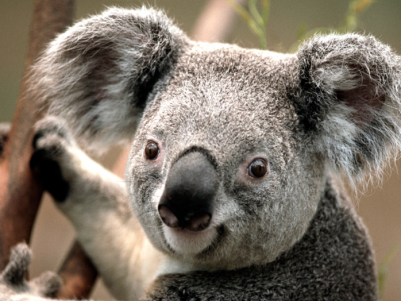

Spring is afoot with the birds chirping and bees buzzing. This time of year, we see an influx of wildlife being rescued, here are some handy tips to remember if you find an animal you think may need rescuing.

Yes, this is true. Some baby birds spend time on the ground before learning to fly. The best thing to do if you find a baby bird on the ground is to try and find the nest. If you find a nest, place the bird back there. It is an old wives’ tale that if you touch a baby bird the mother will reject the bird. If no nest is seen then the parents could be off feeding or watching nearby. Keep an eye on the baby bird to make sure natural predators cannot get to it. If you are still concerned, please call a fauna rescue group, who will be able to aid you in deciding if it will require further attention.
http://kb.rspca.org.au/Who-should-I-contact-about-injured-wildlife_127.html
As a general rule of thumb, a wildlife animal has the natural instinct to run from a human. If you are able to approach a wildlife animal it is likely unwell and needs some attention.

Time – The less time you handle the animal, the less stress the wild animal will endure and the more comfortable it will be. Prepare correctly and have a plan.
Preparation – Record where you are rescuing the animal from, make sure you have a secure well ventilated box or crate to contain it within. Know where you are going once the animal has been secured.
Protection – A lot of wild animals have protection mechanisms which they will use to avoid predators. Keep in mind, although you are trying to help, you will be seen as a predator in this scenario. Some animals have harmful claws, beaks, teeth or stingers. Protect yourself accordingly. For example; long sleeved clothing, gloves and towels can aid you.
Do not try and handle - snakes, bats, and goannas these animals can potentially be very harmful to a human, if you find any of the listed animals requiring rescuing please contact fauna rescue.
http://kb.rspca.org.au/Who-should-I-contact-about-injured-wildlife_127.html
Rescue – move quickly, quietly and effectively. Being quiet will reduce stress. Moving quickly will give the animal less time to react. Using a towel to cover from the top will create a barrier between you and the animal and be an effective way to immobilise the animal. Having the box/carrier close by and wide open will make it easy to safely secure the animal. Be careful not to us unnecessary force when moving.
Transport – keep the animal warm, stay quiet and move swiftly to your nearest vet or fauna rescue centre.
Feed – Do not feed wild animals as what we may consider a good diet could potentially be harmful to the animal.

Specially trained people look after injured wildlife. They require additional knowledge on how to feed, handle and take care of these species. It is important to have a trained person take care of them and is, in fact, illegal for a non-skilled person to be taking care of native wildlife. We care for the animals and know you do too, but some require specific requirements that most people do not realise, please take this into consideration if you find wildlife injured.
Hopefully, the above information gives you a bit more confidence to handle any situation when you find injured wildlife. Please find additional information on fauna rescue here.
http://kb.rspca.org.au/Who-should-I-contact-about-injured-wildlife_127.html